Reshaping and Enhancing the E-Discovery Process

By Linsey Agramonte,
The Gavel, Contributor
J.D. Candidate, Class of 2024
Advancements in artificial intelligence are quickly reshaping and revolutionizing the E-discovery process by reducing the cost associated with reviewing documents. A prime example is the California Innocence Project and their AI Legal Assistant. The AI Legal Assistant can quickly identify patterns in legal documents and find inconsistencies in witness statements.1
Artificial Intelligence can sift through massive amounts of Electronically Sourced Information (ESI) by quickly identifying, sorting, and prioritizing valuable information in large repositories. Three prime examples of AI at work are (1) the ability to recognize a pattern used and identify risky or fraudulent behavior; (2) scaling and aggregating large sets of data, which attorneys then use as leverage; and (3) detecting personally identifiable information.2 These are possible thanks to technology assisted review (TAR), sentiment analysis, anomaly detection, and behavior analysis tools incorporated into the E-discovery process.3 While all these programs are tremendous advancements in E-discovery, TAR is most used among attorneys conducting discovery.4
Although TAR increases the speed of reviewing documents and can eliminate nonrelevant data, tools such as anomaly detection and sentiment analysis are far better for conducting efficient E-discovery.5
Anomaly detection is used to identify unusual patterns in documents, and to discern outliers in discovery.6 Once identified, the outliers are visually and dramatically emphasized on the screen. Outliers can include forwarded emails, after-hours communications between parties, and even fraudulent credit card transactions that deviate from normal spending patterns.8
On the other hand, sentiment analysis helps identify the tone and the overall sentiment of communications.9 Sentiment analysis can be especially important because it sets the context of the communications and helps attorneys better understand the emotional circumstance behind the communication.10 In other words, it provides insight into why people initiated an action.11
With all these great advancements, associated risks follow. Problems with document preservations, ESI protocols for documents, and format designation may arise.12 In Rossbach v. Montefiore Med. Ctr., the defendant by his counsel submitted into evidence a file purporting to be a photograph taken with an iPhone X.13 Expert testimony was utilized to confirm the original tile did not have the metadata associated with a photograph taken on an iPhone X.14 A decade ago, this might not have been possible but, today with forensic examination and AI Legal Assistants, attorneys can probe through documents, photographs, and files and detect forgeries.
Generative AI is not a complete substitute for legal research.15 For instance, Google’s C4 database does not offer a full solid cache
of resources for attorneys looking to conduct reliable research or document review.16 However, what is currently provided is a secondary resource to supplement a practitioner’s research.17
In sum, E-discovery has been better expounded with AI tools and can be further improved with the usage of anomaly detection and sentiment analysis. These tools are especially important in bringing context and identifying outliers in discovery. AI is speeding up the discovery process by helping prioritize specific documents attorneys need to dive into. Lastly, the forensic examinations available today with the different artificial intelligence tools help attorneys find forgeries and avoid digital manipulation in the court room if not detected during the E-discovery process.
References:
1 Matt Reynolds, California Innocence Project harnesses generative AI for work to free wrongfully convicted, https://www.abajournal.com/web/article/california-innocence-project-harnesses-generative-ai-for-work-to-free-wrongfullyconvicted#:~:text=California%20Innocence%20Project%20harnesses%20generative%20AI%20for%20work%20to%20free%20wrongfully%20convicted,By%20Matt%20Reynolds&text=%E2%80%9CIt%27s%20always%20taken%20a%20human,%2C%E2%80%9D%20says%20attorney%20Michael%20Semanchik.
2 Id.
3 Abigail Mast, Jamie Viviano, and Joy Tranel, Refining the Argument for Artificial Intelligence Usage in E-Discovery, American Bar Association, Aug. 24, 2023, https://www.americanbar.org/groups/litigation/resources/newsletters/pretrial-practice-discovery/refining-argument-artificial-intelligence/.
4 Id.
5 Id.
6 Id.
7 Id.
8 Id.
9 Id.
10 Id.
11 Id.
12 Rossbach v. Montefiore Med. Ctr., No. 21-2084, 2023 U.S. App. LEXIS 22601 (2d Cir. Aug. 28, 2023).
13 Id. at 134.
14 Id. at 135.
15 Isha Marathe, Generative AI is Trained on Online E-discovery Resources. Here’s What That Means for E-discovery, https://www.law.com/legaltechnews/2023/05/09/generative-ai-is-trained-on-online-e-discovery-resources-heres-what-that-means-for-e-discovery/.
16 Id.
17 Id.




